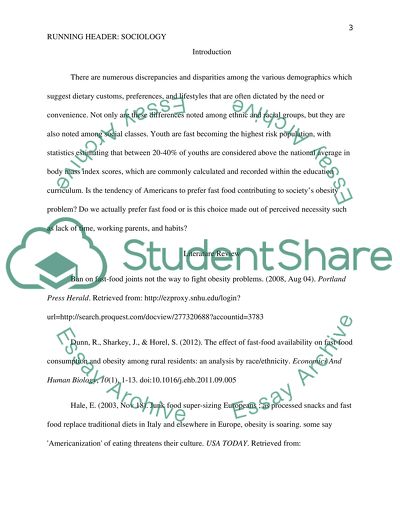Cite this document
(“People tend to eat fast food more than healty food Research Paper”, n.d.)
Retrieved from https://studentshare.org/sociology/1470507-people-tend-to-eat-fast-food-more-than-healty-food
Retrieved from https://studentshare.org/sociology/1470507-people-tend-to-eat-fast-food-more-than-healty-food
(People Tend to Eat Fast Food More Than Healty Food Research Paper)
https://studentshare.org/sociology/1470507-people-tend-to-eat-fast-food-more-than-healty-food.
https://studentshare.org/sociology/1470507-people-tend-to-eat-fast-food-more-than-healty-food.
“People Tend to Eat Fast Food More Than Healty Food Research Paper”, n.d. https://studentshare.org/sociology/1470507-people-tend-to-eat-fast-food-more-than-healty-food.


